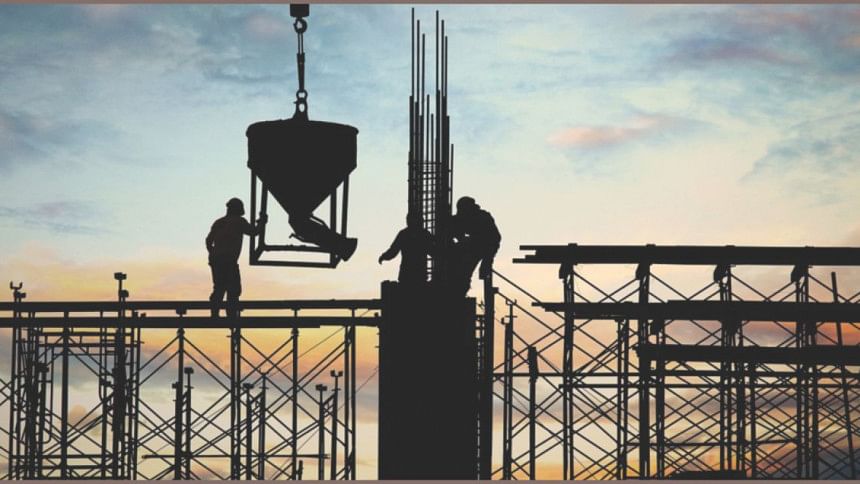Infrastructural development is the need of the hour


In Bangla-desh unplanned urbanisation is growing; people are building homes, small and large scale industries and other infrastructure. To that effect the alarming matter is the extreme loss of agricultural land. Nowadays, agricultural land is being used for construction of homes, factories, etc. and as a result this valuable resource is declining rapidly. The population is also increasing day by day which brings into the picture the uncertainty of food production.
Let's look at the scenario of some developed and developing countries. They emphasise planned urbanisation to ensure food security for the present and the future. Agricultural land in these countries is not misused. China is one such developing country which has attained success in this regard; they even give farmers space to live in high-rise buildings. Likewise, we can provide accommodation in high-rise buildings to a number of village people. We can provide housing facilities and simultaneously secure agricultural land. I hope the concerned government authorities think through this matter seriously.
At present, our Gross Domestic Product (GDP) and the reservation of foreign currency indicate that the economy in Bangladesh is the fastest growing and we need to increase local industry and infrastructural development while keeping the GDP steady. These developments should carry on not only in the city but also in rural areas. Farmers produce food and play an important role in the upward growth of the country's GDP. We should look out for the wellbeing of our farmers and the government should take initiatives to increase infrastructural facilities for them.
Infrastructural development in the country is not adequate because at present per capita cement consumption is only 138 kg against countries like India (257 kg), Malaysia (602 kg), South Korea (780 kg) and China (1700 kg), though the index has increased from previous years (except China). Similarly, in the steel sector Bangladesh is only 45 kg per capita against countries like India (136 kg), Malaysia (380 kg), South Korea (572 kg) and China (610 kg) where construction agents are being utilised much more. These indicators show that a large number of common people are not in the purview of the infrastructural development of our country. The main raw materials of construction agents like cement and steel bar are imported. As we know. the overall development of a country depends on the development of common people. Therefore, prices of infrastructural materials should be kept at an affordable level for the common people. The government should provide duty free import for the raw materials of cement and steel at least for the next five years or incentivise these sectors in some other way.
Between 1996-2005 some domestic and foreign companies established 76 small and large scale cement production factories. At present, around 35 companies are in operation. Meanwhile, they are struggling to sustain themselves in an atmosphere of intensive market competition. On the other hand, 200 small and large scale steel production factories were established. However, at present only eight of these own about 65 percent of the market.
Steel and cement factories are modernising to produce upgraded and sustainable goods. The surplus production of cement and steel is 40 percent and 35 percent, respectively. It is possible to supply for the next three years in keeping with the growing trend of present market demand if production capacity is no more enhanced. If the production and demand in the cement and steel sectors do not remain at par then it may negatively affect the financial sector.
The writer is Member of Executive Committee, Bangladesh Cement Manufacturer's Association (BCMA) And Chairman of GPH Ispat Ltd.

 For all latest news, follow The Daily Star's Google News channel.
For all latest news, follow The Daily Star's Google News channel. 



Comments